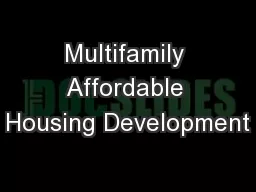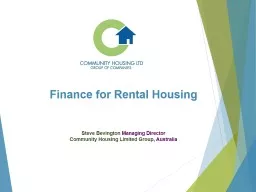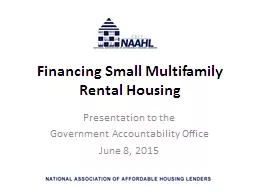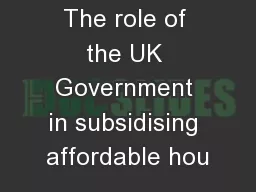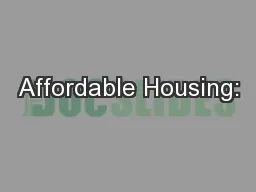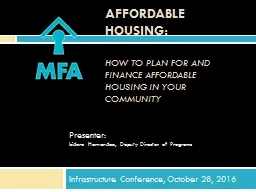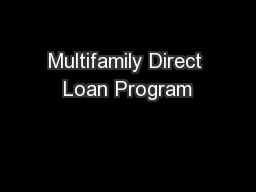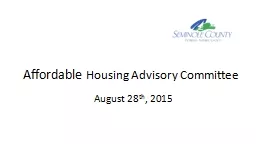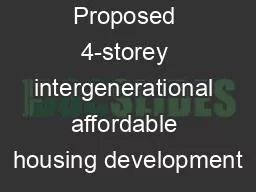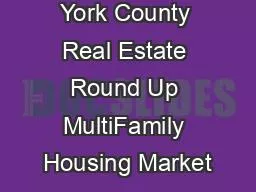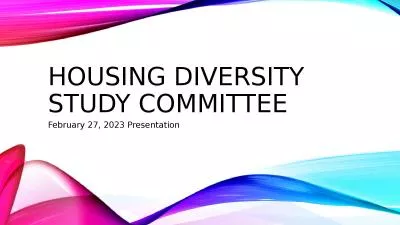PPT-Multifamily Affordable Housing Development
Author : danika-pritchard | Published Date : 2018-10-20
Neighborhood Preservation Coalition Conference October 13 2016 Presentation Summary About HCR Multifamily Production 201115 Financing Approach State Housing Priorities
Presentation Embed Code
Download Presentation
Download Presentation The PPT/PDF document "Multifamily Affordable Housing Developme..." is the property of its rightful owner. Permission is granted to download and print the materials on this website for personal, non-commercial use only, and to display it on your personal computer provided you do not modify the materials and that you retain all copyright notices contained in the materials. By downloading content from our website, you accept the terms of this agreement.
Multifamily Affordable Housing Development: Transcript
Download Rules Of Document
"Multifamily Affordable Housing Development"The content belongs to its owner. You may download and print it for personal use, without modification, and keep all copyright notices. By downloading, you agree to these terms.
Related Documents

